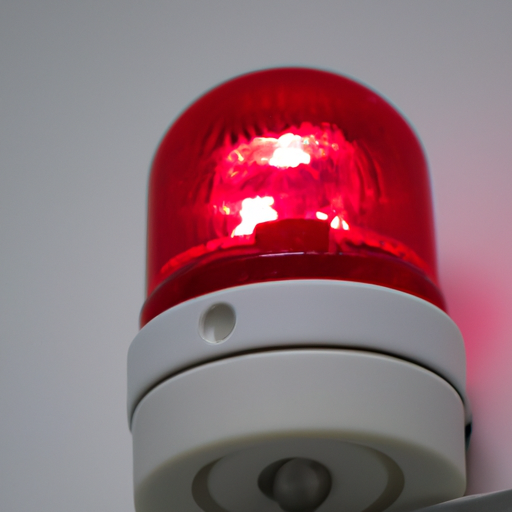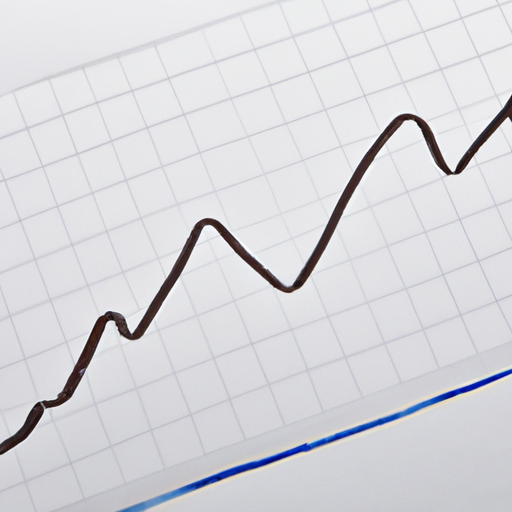Having an emergency fund is one of the most important financial tools for any person or family, regardless of income level. An emergency fund can provide a financial cushion when unexpected expenses arise or income is interrupted due to a job loss or other unforeseen events. But, how do you build an emergency fund?
What Is an Emergency Fund?
Basically, an emergency fund is a buffer that you have stashed away for those surprise situations that cause you to overspend. Groceries have mysteriously gone up by $50 this month, and you’re in need of an emergency babysitter. It is not something you can get to instantly, for example an everyday spending account. But it does provide relief in a time of distress. This can be a consolidation loan, the interest rate is low but the debt is still there. It is the brink.
An emergency fund is a savings account that you can use to cover unexpected expenses. It should be separate from your regular savings account and should be easily accessible if needed. The idea behind an emergency fund is that you can use it to cover expenses that arise suddenly, without having to take on additional debt.

Benefits of an Emergency Fund
Without an emergency fund, it makes it difficult to pay for the little unexpected things let alone the big unexpected things. There are a lot of people who are living paycheck to paycheck, and without an emergency fund, these people in particular may find themselves in hot water should a big unexpected expense occur. The little things pop up every so often, it allows you to respond when your gutters are being overrun by leaves and need to be cleaned, or maybe it’s the period when you need new tyres for the car. Having an emergency fund can provide a number of benefits. First, it can give you peace of mind knowing that you are prepared for any potential financial emergencies. Second, by having an emergency fund, you can avoid taking on additional debt to cover unplanned expenses. Third, an emergency fund can help you stay on track with your financial goals, since you won’t have to use money from your regular savings for emergencies.
An emergency fund is essentially the monies that you set aside for a rainy day, or if you lose your job. The idea is that you have money set aside to pay for unexpectd expenses or to help you weather financial storms.

How to Build an Emergency Fund
Building an emergency fund is not difficult, but it does take some planning and discipline. Here are a few tips to help you get started:
- Set a Goal: The first step is to decide how much you want to save. A good rule of thumb is to have three to six months worth of expenses in your emergency fund. If you have debt, money set aside for emergencies is a great way to ensure that if something unexpected happens, you aren’t facing a choice between defaulting on debt and not meeting your other financial responsibilities.
- Set Up an Account: Once you have a goal in mind, set up a separate savings account dedicated to your emergency fund. The best place to keep an emergency fund is an interest-bearing bank account. This way, it is easily accessible but still earning interest. You want to avoid an investment option such as property, but leave it where you can access it within a day or two should the need arise.
- Make a Plan: Decide how much money you can contribute to your emergency fund each month. Even if it’s just a small amount, it’s important to make a plan and stick to it. Having an emergency savings fund provides peace of mind when it comes to your finances. The amount of what is right for you will vary depending on your set of circumstances and how much cash you need to cover living expenses while you are out of work. The two factors you need to think about are 1. How many months of expenses you have saved up and 2. How stable your source of income is
- Automate Contributions: Set up automatic transfers from your checking account to your emergency fund on a regular basis. This will make it easier to stay on track and reach your goal. As a general rule of thumb, you should save the equivalent of three to six months of your expenses
- Track Your Progress: Track your progress towards your goal and make sure you are staying on track.
Conclusion
Having an emergency fund is an important part of financial planning. It can provide peace of mind, help you avoid taking on additional debt, and keep you on track to reach your financial goals. Building an emergency fund takes some planning and discipline, but it is worth the effort. With a little planning and effort, you can create an emergency fund that will help you weather any financial storm.


